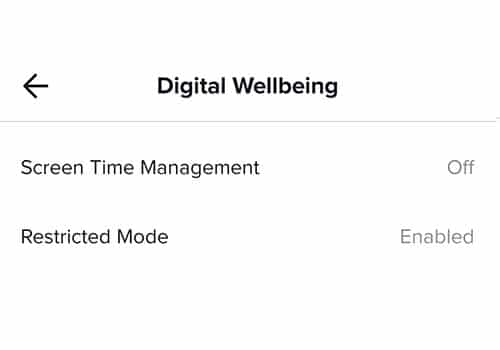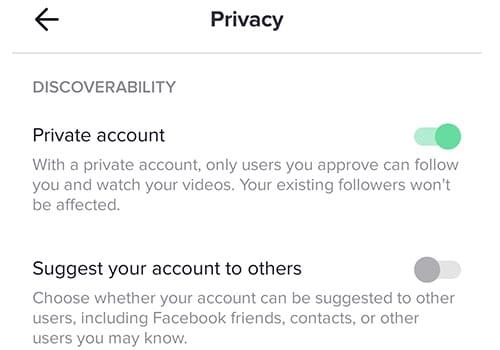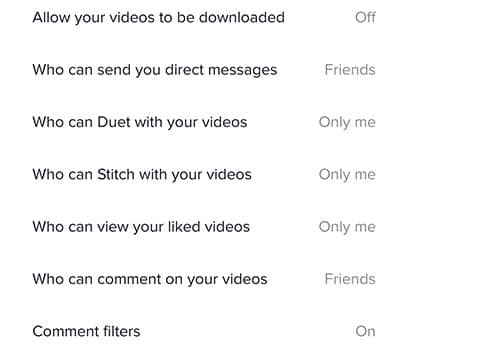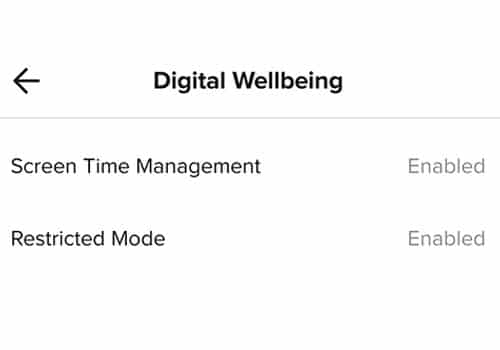Keeping you and your kids safe on TikTok; A parent’s guide
TikTok is the latest social media craze to hit the mobile app store. The app lets users post videos ranging from a few seconds to a minute as well as watch videos posted by others.
Users can “duet” with other videos, which essentially means adding content to an existing video and publishing the result. They can browse communities built around mutual themes, and participate in viral video challenges. While it would be easy to think of the app as a comedy app, since funny and light-hearted videos seem to be the driving theme, it is an app that ultimately connects users to other users through the medium of video. As such, it should be considered a potential risk to younger children and even adults.
What are the risks posed by TikTok?
TikTok’s minimum age limit is 13 years, meaning many children use the app. It’s also easy for younger kids to use the app by entering in a false birthdate when signing up.
Perhaps the most pertinent risk is that children can be exposed to inappropriate content. TikTok does have community guidelines that ban most unsuitable things such as nudity, hate speech and the depiction of illegal activities. But that doesn’t mean some videos may still exist for some time on the app before getting taken down. Additionally, videos that may not get taken down may still be inappropriate for younger children, such as videos featuring mild violence, mild swearing and videos centred around more adult themes.
Personal security is also an important risk factor. TikTok comes with comment and direct messaging features, meaning grooming and cyber bullying are also potential consequences of using the app.
Privacy is another issue, since sharing videos can reveal large amounts of personal information about a person. This could include their name, physical likeness, where they live, the names of their friends and the name of their school.
Finally, TikTok can be addictive, with an endless amount of content available, which can prevent children from doing other activities important for normal growth.
Sponsored Content. Continued below...
5 Simple Steps to Make TikTik Safe for Kids
There are plenty of useful features on the app to help make it safer, especially for children. We take a look at some important security and privacy settings.
Enable Restricted Mode
Restricted mode will filter out content that TikTok has deemed inappropriate for children. This means an account with restricted mode on cannot view or search for this content. Of course this relies on TikTok’s automated and manual filtering working correctly, which sometimes it doesn’t, but it’s a good first step that blocks most inappropriate content.
To turn it on, click Me from the main menu and then the three dotted icon. Then select the Digital Wellbeing option and enable Restricted Mode.

The app will ask you to setup a passcode which will be needed to exit out of restricted mode.
Make the Account Private
Having a private account is one of the most important privacy settings on the app, and is recommended for younger children. A private account means only people you can approve can follow your account and watch your content. To make an account private, select Me from the main menu, then the three dotted icon, then Privacy.

From there you can toggle Private Account to On.
Be aware that making an account private will prevent certain features. It will prevent other users from dueting with your videos, and will stop anyone from downloading your videos.
From the same page, make sure the Suggest your account to others option is set to off to prevent TikTok suggesting the account to other people you may not know.
Limit interactions
These options are on the same page as above.
Only friends can send your direct messages, but this can be turned off completely if desired.
It’s also recommended to limit commenting to friends only. This means only people the account holder is following and who follow them back can make comments. Again this can be turned off completely if desired.

Providing that the account is private (first step) then dueting will be turned off by default, since you cannot duet with content from a private account. Also ensure that filtering comments is on to block comments that are offensive.
Manage Screen Time
There’s no doubt about it. TikTok can be addictive. Even when researching this article we found ourselves wasting time scrolling through the endless stream of videos on our homepage.

You can enable a time limit when using TikTok that needs a passcode to disable. To do this, select Me from the main menu, then the three dotted icon, then select Digital Well Being. From there you can select the time limit and again set up the passcode needed to disable the feature.
Sponsored Content. Continued below...
Family Safety Mode
This option is not currently available to all users
Family Safety Mode allows a parent to control all the above settings we’ve discussed above. Only they can do it remotely, from their own device. Yes, this means the parent will need their own TikTok account on their own device.
To enable this option, select Me from the main menu, then the three dotted icon, then select Digital Well Being, then Family Safety Mode. From there you can select who is using the phone, either the parent of the child.
If it’s the parent option you select, you’ll be prompted to follow the same instructions on the child’s device, only selecting the Child option at the end. This will produce a QR code which can then be scanned on the parent’s device.
If it’s the child option you select, you’ll be presented with a QR code to scan on the parent’s device (as above.)
This links the two accounts, allowing parents to control screen time management, direct messaging and enabling or disabling restricted mode.
Of course it is important to combine these settings with some out-of-app advice, such as encouraging kids to speak to their parents if they have any questions or see anything that concerns them.
We have some more tips for parents to help them keep their kids safe online here.
Continued below...
Thanks for reading, we hope this article helped, but before you leave us for greener pastures, please help us out.
We're hoping to be totally ad-free by 2025 - after all, no one likes online adverts, and all they do is get in the way and slow everything down. But of course we still have fees and costs to pay, so please, please consider becoming a Facebook supporter! It costs only 0.99p (~$1.30) a month (you can stop at any time) and ensures we can still keep posting Cybersecurity themed content to help keep our communities safe and scam-free. You can subscribe here
Remember, we're active on social media - so follow us on Facebook, Bluesky, Instagram and X
